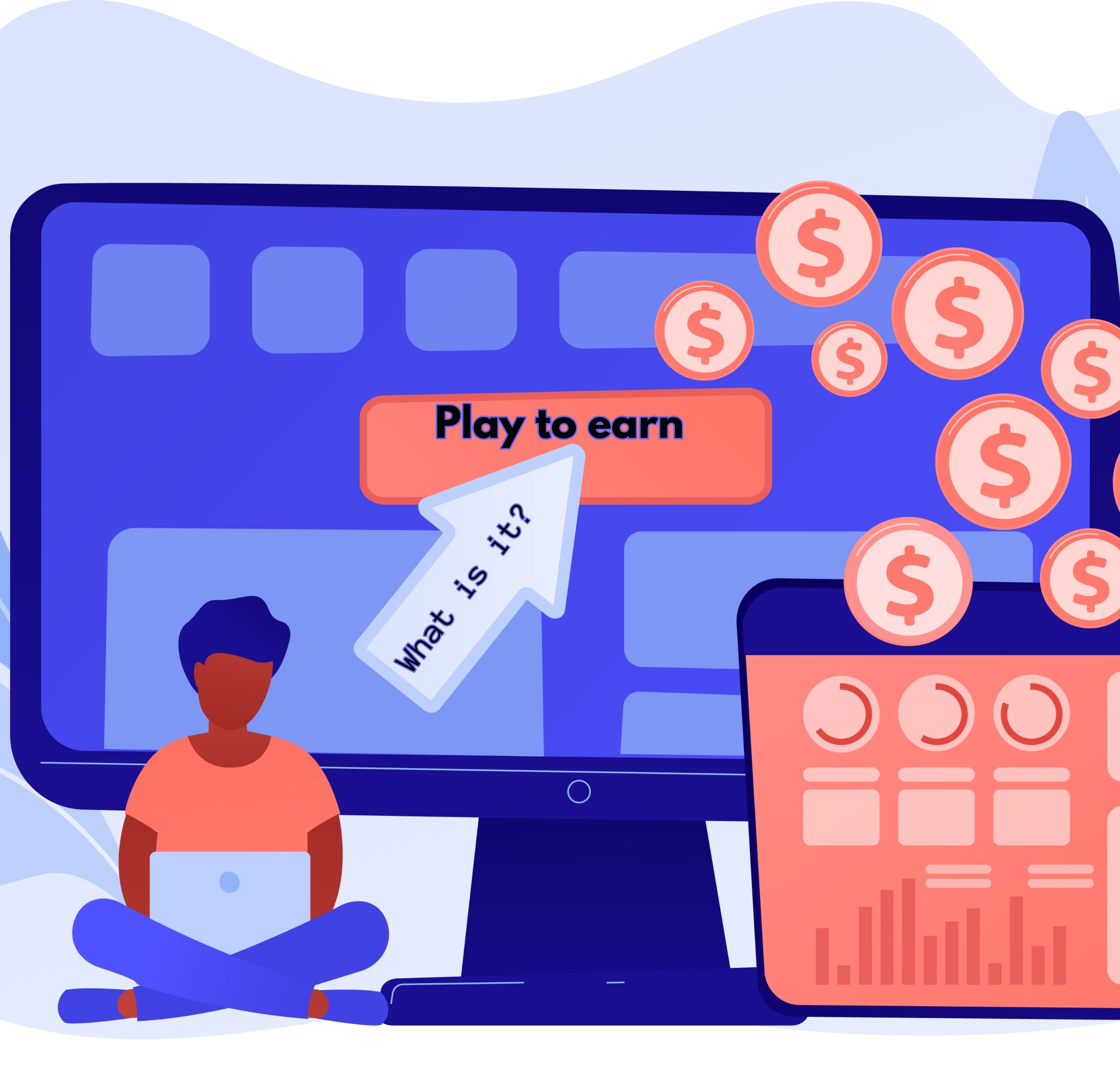
Play to Earn, what is it? We often talk about it, but do you know the features and benefits that this process offers?
Play to Earn, if you follow the GameFi news or simply like to play online, you have certainly seen this expression, but what does it mean exactly?
In fact, in online games, the most striking novelty of the last few months is the arrival in force of play-to-earn.
Play to earn, what is it exactly?
Until now, you usually had to pay to play, with the arrival of this new concept, it’s the opposite.
Play to earn = pay to play
So we can say that in the play to earn mode, the equation is reversed: it is the player who is rewarded for his performance in the game.
« Play to earn » therefore refers to a gaming model in which players can earn real-world rewards or crypto-currencies by playing games. In this model, players are incentivized to invest their time and effort into the game in exchange for financial gains, such as digital assets, tokens or other crypto-currencies.
Play-to-earn games typically use blockchain technology, which allows for decentralized ownership and exchange of in-game items.
These items can have real-world value and be traded on crypto-currency exchanges or used to purchase goods and services within the game ecosystem.
This type of game has become increasingly popular in recent years, especially in the context of blockchain-based games such as Axie Infinity and The Sandbox.
This model offers gamers a new way to monetize their gaming experience and has the potential to create new economic opportunities for people around the world.
Play to earn, pros and cons:
Here are some potential advantages and disadvantages of the play-to-earn model:
Pros:
- Players can earn real money by playing games, which can be especially useful for people who live in areas with limited online work or for players who struggle to find steady employment.
- This games often use blockchain technology, which allows players to own and market in-game assets in a decentralized manner. This provides greater autonomy and freedom for players, who can trade these assets for other currencies or use them to purchase other goods and services.
- Play-to-earn games can offer a community of passionate and engaged players who work together to create high-quality gaming experiences and vibrant virtual economies.
Cons:
- Play-to-earn games can require a lot of time and effort to generate significant revenue, and players can end up feeling pressured to play for the money rather than the fun of the game itself.
- As with any online marketplace, there is a risk of fraud, deception or theft. Players should be aware of the risks associated with owning and trading virtual assets and should be able to protect their investments.
- This games can be subject to significant fluctuations in value, depending on market trends, changes in regulations and decisions made by game developers. Players should be aware of the financial risks associated with participating in these markets.
Overall, this model of gaming offers some interesting benefits, but it is important that players are aware of the potential risks and make informed decisions before engaging in these types of games.
Play to earn, some concrete examples:
There are several concrete examples of play-to-earn games available today, here are a few:
Axie Infinity: Axie Infinity is a creature-collecting game where players can breed, train and battle « Axies » using game tokens called « Axie Infinity Shards » (AXS) and « Smooth Love Potion » (SLP). Players can earn AXS and SLP by winning battles and raising Axies.
The Sandbox: The Sandbox is a world-building game where players can buy and sell virtual plots of land, create game experiences and monetize their creations using game tokens called « SANDs ». Players can also earn SAND by participating in events and creating popular experiences.
Alien Worlds: Alien Worlds is a crypto-currency mining simulation game where players can mine game tokens called « Trilium » using virtual mining tools. Players can also use their Trilium to vote on governance decisions and influence the development of the game.
Decentraland: Decentraland is a virtual world game where players can buy and sell virtual plots of land, create game experiences and interact with other players in a 3D environment. Players can also use a virtual currency called « MANA » to purchase goods and services in the game.
These examples show how play-to-earn games can provide innovative ways for players to earn money playing games, while creating new virtual economies and communities of passionate gamers.
In conclusion:
This game model, which belongs to Gamefi, is revolutionizing the video game industry by offering players the ability to earn real money by playing games. The virtual economies created by these games can provide economic opportunities for gamers around the world, especially those who have difficulty finding steady employment or accessing traditional economic opportunities.
The future of play-to-earn is very bright, with rapid growth in the blockchain gaming industry supporting this business model. Play-to-earn games are becoming increasingly sophisticated and complex, with ever-evolving game ecosystems that allow players to own and market in-game assets in a decentralized manner.
Its benefits to players and developers are increasingly evident, which explains the growing popularity of these types of games. The model can also have a positive impact on the video game industry as a whole, providing a way to reward players for their time and effort, rather than simply charging them for access to games.
Overall, this model is set to grow even more in the future, with more and more games adopting this business model and increased adoption of blockchain technology in the video game industry.

4 commentaires sur « Play to earn, what is it? »
Les commentaires sont fermés.